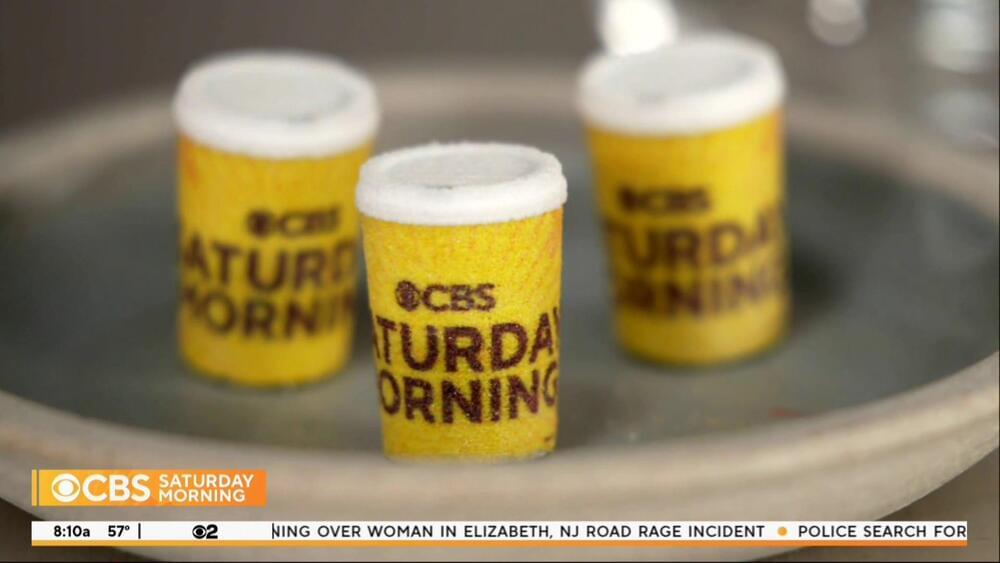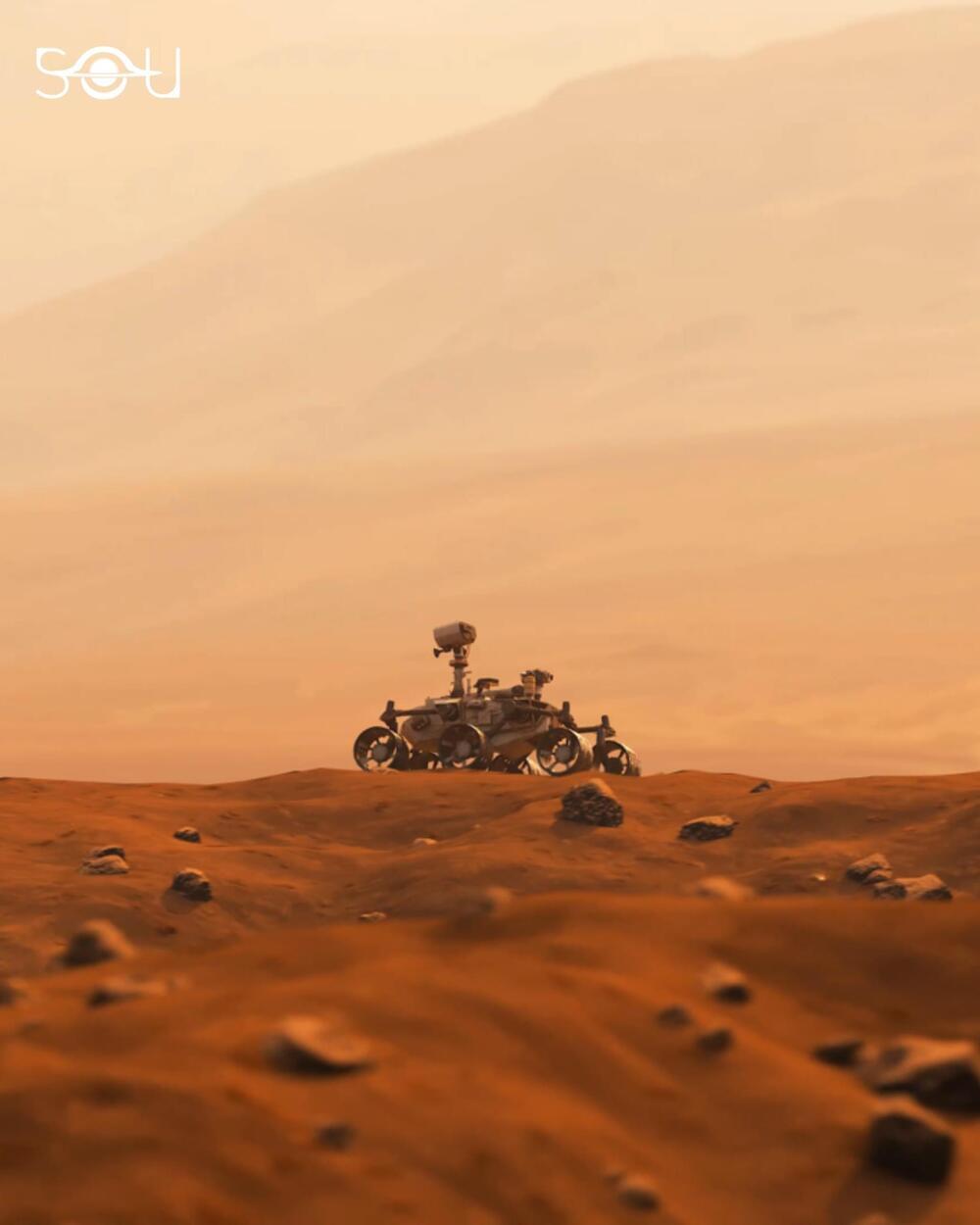
Get the latest international news and world events from around the world.

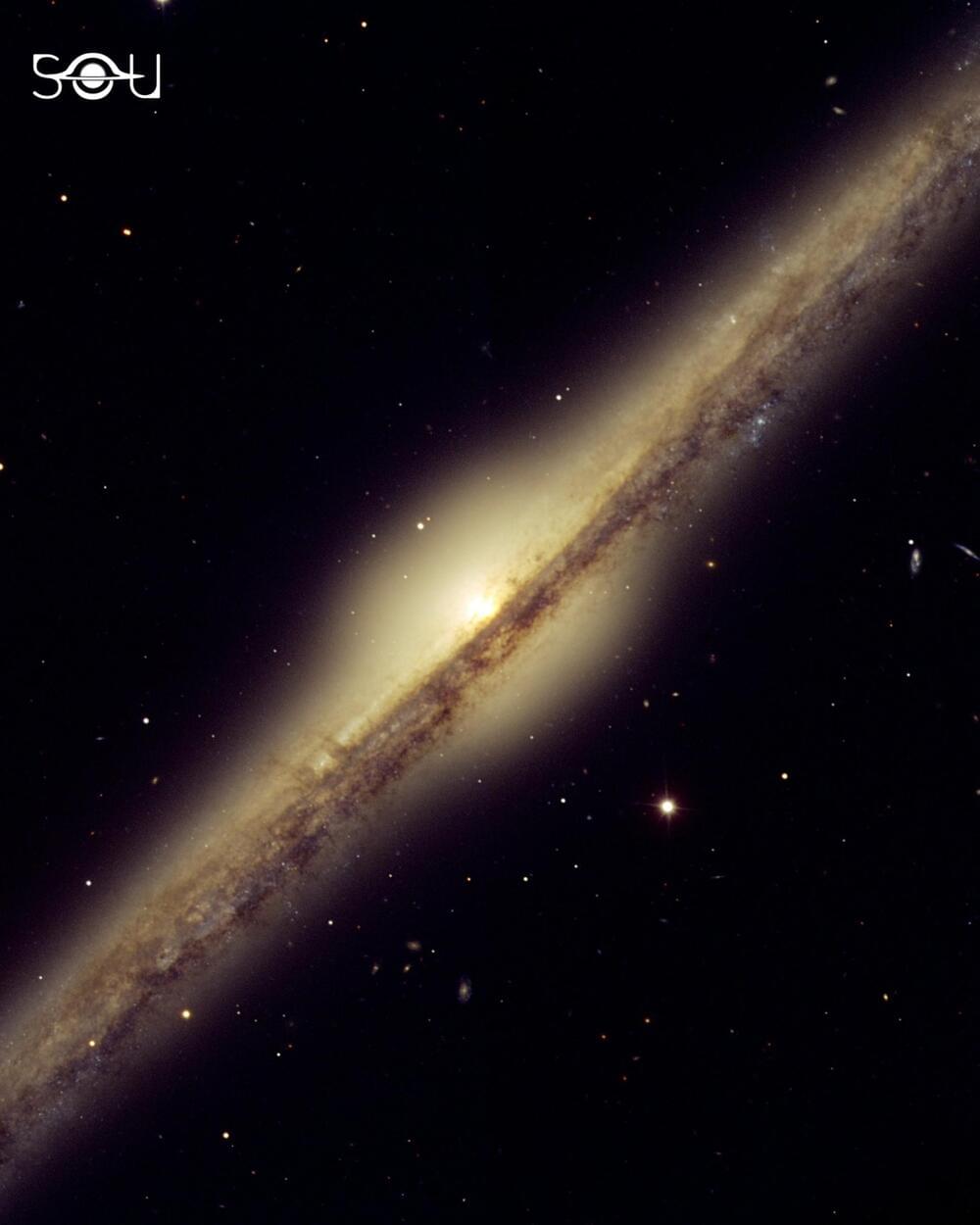

Understand what’s happening on your construction sites with effective reality capture data
See the robotic solution in action with Spot and Trimble Buildings!
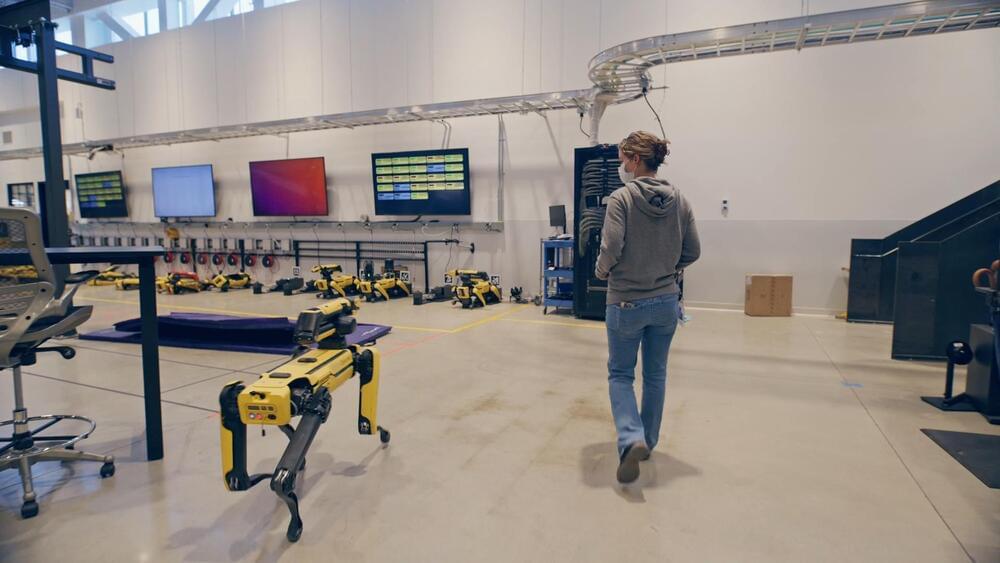

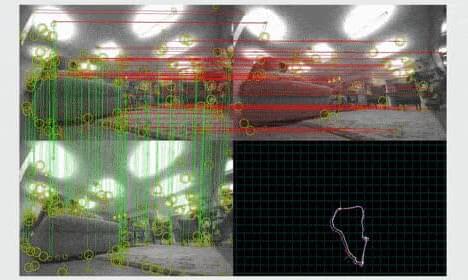
Amazon’s Jianbo Ye and Arnie Sen explain that
Click on photo to start video.
to adapt to constant changes in customers’ homes, Astro uses a deep-learning model to produce invariant representations of visual data, estimates sensor reliability to guide the fusion of sensor data, and prunes and compresses map representations: https://amzn.to/36qQUZo

Quantifying Human Consciousness With the Help of AI
A new deep learning algorithm is able to quantify arousal and awareness in humans at the same time.
#consc… See more.
Summary: A new deep learning algorithm is able to quantify arousal and awareness in humans at the same time.
Source: CORDIS
New research supported by the EU-funded HBP SGA3 and DoCMA projects is giving scientists new insight into human consciousness.
Led by Korea University and projects’ partner University of Liège (Belgium), the research team has developed an explainable consciousness indicator (ECI) to explore different components of consciousness.
PsiQuantum’s Path to 1 Million Qubits by the Middle of the Decade
PsiQuantum, founded in 2016 by four researchers with roots at Bristol University, Stanford University, and York University, is one of a few quantum computing startups that’s kept a moderately low PR profile. (That’s if you disregard the roughly $700 million in funding it has attracted.) The main reason is PsiQuantum has eschewed the clamorous public chase for NISQ (near-term intermediate scale quantum) computers and set out to develop a million-qubit system the company says will deliver big gains on big problems as soon as it arrives.
When will that be?
PsiQuantum says it will have all the manufacturing processes in place “by the middle of the decade” and it’s working closely with GlobalFoundries (GF) to turn its vision into reality. The generous size of its funding suggests many think it will succeed. PsiQuantum is betting on a photonics-based approach called fusion-based quantum computing (paper) that relies mostly on well-understood optical technology but requires extremely precise manufacturing tolerances to scale up. It also relies on managing individual photons, something that has proven difficult for others.

